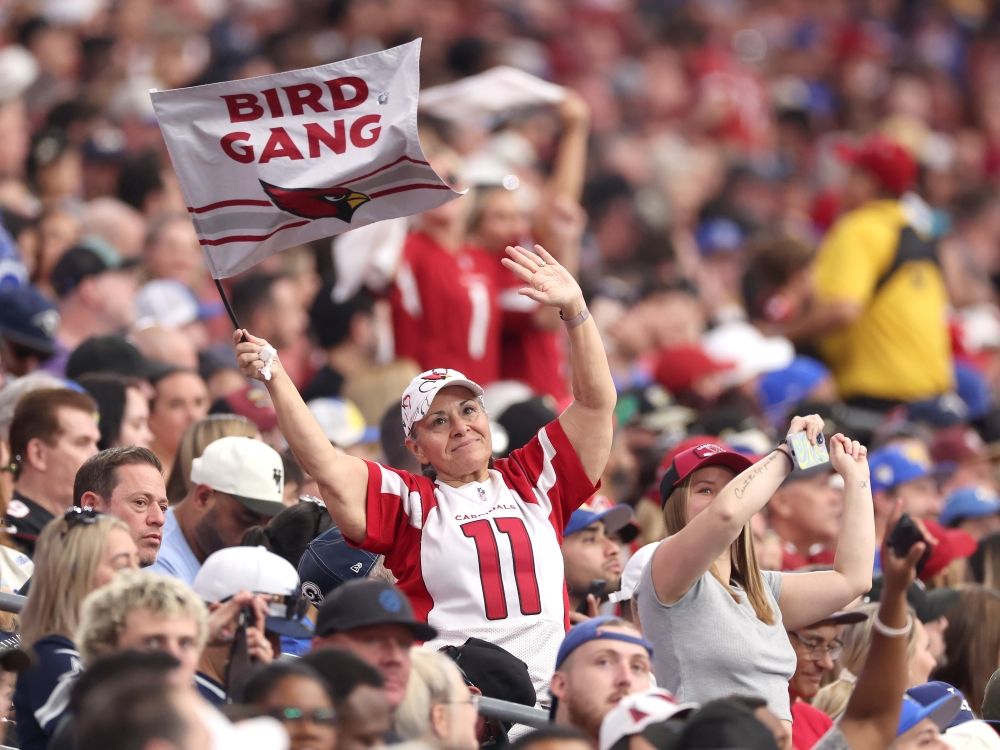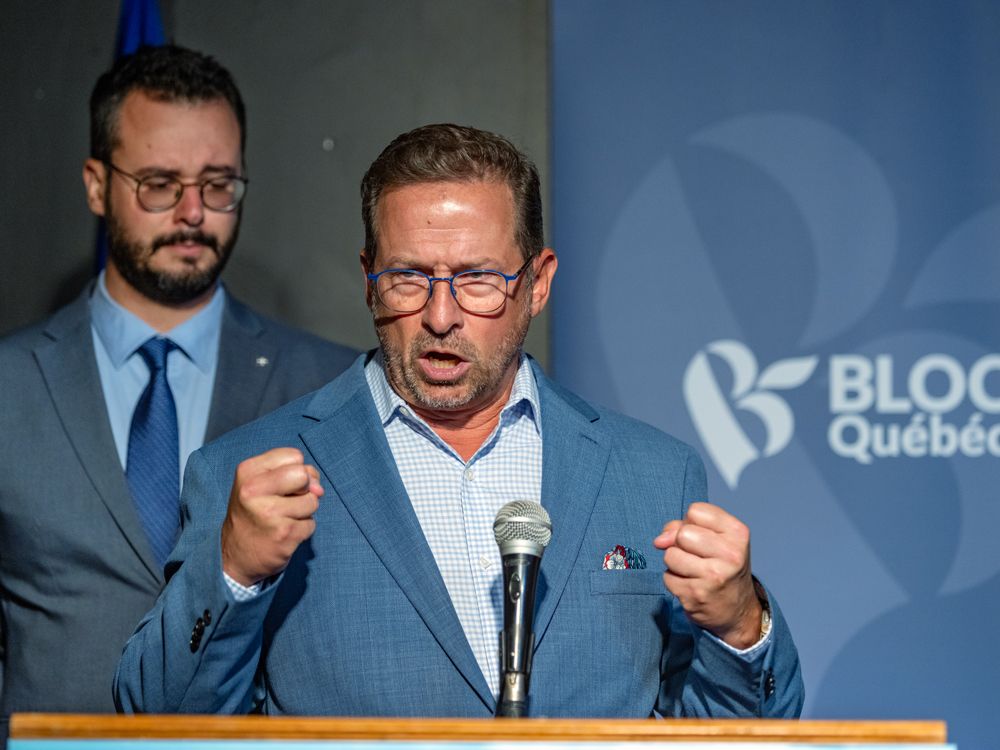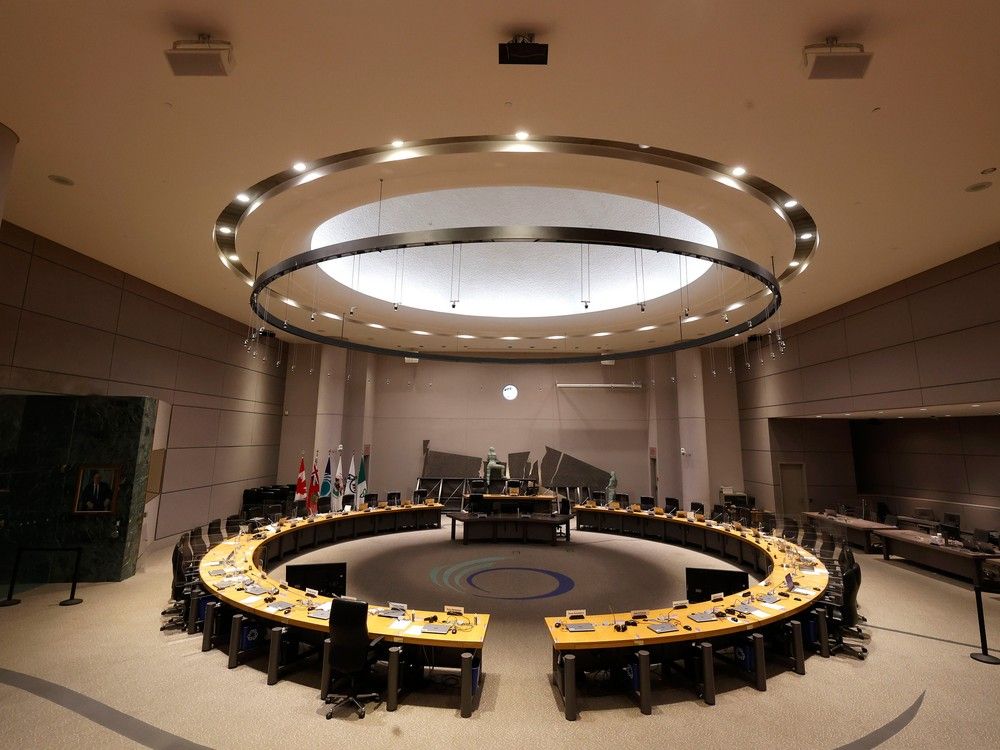Achieving our NATO commitment to spend 2% of GDP on defence requires specific actions, not vague promises.
Published Aug 27, 2024 • Last updated 0 minutes ago • 5 minute read

Canada was a charter member of NATO at its inception in 1947. NATO’s stated purpose, “to guarantee the freedom and security of its members through political and military means,” is as relevant today with Russia’s invasion of Ukraine and China’s sabre-rattling over Taiwan, as it was in the early days of the Cold War.
From spending four per cent of GDP on defence in the early 1960s at the height of the Cold War, Canada has dined out on the “peace dividend” since the fall of the Berlin Wall, with funding for defence shifted to other priorities. Despite some uptick in military spending during Canada’s deployment to Afghanistan, defence has not been a priority for recent Canadian governments.
Advertisement 2
THIS CONTENT IS RESERVED FOR SUBSCRIBERS ONLY
Subscribe now to read the latest news in your city and across Canada.
- Exclusive articles from Elizabeth Payne, David Pugliese, Andrew Duffy, Bruce Deachman and others. Plus, food reviews and event listings in the weekly newsletter, Ottawa, Out of Office.
- Unlimited online access to Ottawa Citizen and 15 news sites with one account.
- Ottawa Citizen ePaper, an electronic replica of the print edition to view on any device, share and comment on.
- Daily puzzles, including the New York Times Crossword.
- Support local journalism.
SUBSCRIBE TO UNLOCK MORE ARTICLES
Subscribe now to read the latest news in your city and across Canada.
- Exclusive articles from Elizabeth Payne, David Pugliese, Andrew Duffy, Bruce Deachman and others. Plus, food reviews and event listings in the weekly newsletter, Ottawa, Out of Office.
- Unlimited online access to Ottawa Citizen and 15 news sites with one account.
- Ottawa Citizen ePaper, an electronic replica of the print edition to view on any device, share and comment on.
- Daily puzzles, including the New York Times Crossword.
- Support local journalism.
REGISTER / SIGN IN TO UNLOCK MORE ARTICLES
Create an account or sign in to continue with your reading experience.
- Access articles from across Canada with one account.
- Share your thoughts and join the conversation in the comments.
- Enjoy additional articles per month.
- Get email updates from your favourite authors.
Sign In or Create an Account
or
Article content
But events changed the context. In response to Russia’s annexation of Crimea in 2014, and renewed conflict in the Middle East, NATO member countries, including Canada, agreed to commit two per cent of their Gross Domestic Product (GDP) to defence spending to ensure the alliance’s military capacity and readiness.
Despite our solemn commitment to Canadians and allies alike, we have repeatedly failed to deliver, and our spending falls well short of the NATO target. Yet, the world in 2024 is much more dangerous and uncertain than it was even a decade ago: a rogue Russia, a threatening China, an unhinged North Korea, and a dangerous and opportunistic Iran.
Breaking usual diplomatic norms, NATO’s secretary general has criticized us, publicly, and so too have 23 U.S. senators and numerous allies. We produced a shambolic proposal during the recent NATO meetings in Washington, promising to meet our NATO commitments by buying an undetermined number of submarines, with no updated strategy; no new defence plan or timeline for the spending increases till 2028; a vague 2032 date for hitting the two per cent target; and a plea to our NATO allies: trust us.
Advertisement 3
Article content
It is unlikely the new U.S. administration, whether Kamala Harris or Donald Trump, will do so. What is almost certain is they will force us to hit the two per cent target or more, as it is only a floor, and rapidly, with the only difference being the tone of the demand.
With our most important bilateral economic, diplomatic and military relationship in the balance, and the spectre of the renewal of the Canada-U.S.-Mexico trade accord in 2026 giving the Americans even more leverage, all Canadian political parties need a clear plan to get us to at least the two per cent target. As U.S. national security adviser Jake Sullivan told reporters at the Liberal cabinet retreat on Sunday, on Biden’s watch, the number of NATO countries that meet or exceed the two per cent target has grown from nine to 23.
The optics of our starting point numbers are bad. Of the 32 NATO countries, only four spend less on defence as a percentage of GDP than Canada. We are spending 1.37 per cent of GDP in 2024 according to NATO, and the gap to the target is a hefty $18 billion. On the second NATO target, to spend at least 20 per cent of total defence spending on equipment, Canada stands at 18.6 per cent and only Belgium among the 32 countries of NATO spends less.
Advertisement 4
Article content
So, what will it take to get from where we are to where we need to go? It is more than just the money: here are 10 steps to meet our NATO commitments credibly.
1. We need a realistic and concrete timetable to hit the target and that should be in under five years — the life of a majority government.
2. We need to build the target into the fiscal framework by detailing exactly what will be required in new spending and how it will be financed. Since tax increases and significantly more debt accumulation are not an option, this will necessitate significant spending cuts, tough trade-offs, and real pain.
3. We need a modern, realistic defence strategy, geared to both continental security and our global priorities and contributions, as the last one from 2017 is dated and was built for a different security context. It’s not a smart idea to start ordering equipment till you know what the mission is and what it is intended to accomplish.
4. Related, with China having declared itself a “near-Arctic state”; Russia having a clear strategic interest; and even India having a polar ice breaker; we need the capabilities to be able to enforce our sovereignty in the Arctic — something we are unable to do today without American support. Simply put, it is Canada’s job to keep the True North strong and free.
Advertisement 5
Article content
5. We can learn immensely from the Ukraine war, where drones, artificial intelligence, electronic jamming, and real-time intelligence have changed the nature of warfare, and build this into our equipment plans and military strategy.
6. As the Parliamentary Budget Officer has repeatedly noted, we need to fix the procurement morass, or we will never meet the NATO targets or deliver new equipment on time and on budget.
7. We need to connect long-term defence capital spending plans to our industrial policies and capabilities rather than every procurement being a “one off.” With the Halifax Shipyard, Canada’s Atlantic fleet, NATO’s Defence Innovation Accelerator for the North Atlantic (DIANA), a major research university and the COVE accelerator, Nova Scotia is a natural base from which to invest in deep tech and dual-use technologies that have both civilian and military uses.
8. We need to totally revamp recruitment. We are short 16,000 military personnel.
9. We should expand the reserves as source of talent, readiness and civic engagement.
10. This ties in to recruitment: we need to restore pride in our armed forces. Former chief of the defence staff Gen. Rick Hillier made those who serve in the military proud of what they did, and Canadians proud of those who serve.
Advertisement 6
Article content
The world is an insecure place these days. Bad actors threaten not only international peace and order, but our own security and prosperity as well. In this fraught milieu, we can no longer be a free-rider and expect others — most prominently the U.S. — to pick up the tab, while having our back. As veteran and former Conservative leader Erin O’Toole wrote, “The world is expecting more from Canada and with the current state of geopolitics we should expect more from ourselves.”
Kevin Lynch was Clerk of the Privy Council and vice-chair of BMO Financial Group. Paul Deegan is CEO of Deegan Public Strategies and was a public affairs executive at BMO and CN.
Recommended from Editorial
-

MacDougall: Canada's weak defence spending is losing us friends globally
-

Trudeau says Canada expects to hit NATO defence spending target in 2032
Article content
.png)
 3 weeks ago
16
3 weeks ago
16


































 Bengali (BD) ·
Bengali (BD) ·  English (US) ·
English (US) ·